Classical drawing is a technique or process used to create drawings that make things or figures more beautiful than they are.
Classicists believed that the art of ancient Greece and Rome set the standard by which art should be judged. The aesthetics are characterized by an idealization of nature for beauty and proportion and a clear and logical expression of their subjects through refined drawing, form, and technical methods.
A Brief History
The term classicism describes art in ancient Greek or Roman style [1]. In the 19th century, these picture-making traditions and methods were fundamental to teaching at the École des Beaux-Arts and the individual ateliers of Paris.
Depicting nature truthfully depends on how an individual perceives or is taught to perceive the visible world. There are three basic approaches to such perception: that of the classicist, the realist, and the impressionist. [2]
 |
| Prud’hon, Pierre-Paul. Nude Viewed from Behind. c. 1810. black chalk with white highlights on blue paper. Museum of Fine Arts, Boston. |
This type of drawing was associated with the French Royal Academy of Painting and Sculpture, founded in 1648. Charles Le Brun, the founder of the Royal Academy, became King Louis XIV's official painter and was responsible for decorating significant works in the Louvre and the Palace of Versailles.
An atelier (french for workshop) is the private workshop or studio of a professional artist in the fine or decorative arts or an architect, where a principal master and a number of assistants, students, and apprentices can work together to produce a fine art or visual art released under the master's name or supervision. Ateliers were the standard vocational practice for European artists from the Middle Ages until the French Academy was founded.
In the 18th century, the French military leader Napoleon advocated for the style with his nationalist campaign for artistic standards, which created an art movement called "Neoclassicism."
Techniques
This type of careful drawing follows the sight-size method or one-to-one scale, which includes teaching a form of realism based on careful observations of nature with attention to detail. Plaster casts from classical Greek statues were often used for practice.
Charles Bargue (c. 1826/1827 – April 6, 1883) was a French painter and lithographer who, in collaboration with Jean-Léon Gérôme, devised an influential drawing course associated with classical aesthetics. Cours de Dessin, later translated to "Charles Barque's Drawing Course," included illustrated plates of classical casts available from the original drawing course as they were proposed to academies published in 1866. [3]
References
1. Tate Museum. “Art Term - Classism.” tate.org.uk,. 2008, Classism.
2. Gjertson, Stephen. "Classical Realism by Stephen Gjertson." Art Renewal Center, November 23, 2009, www.artrenewal.org. Accessed December 31, 2023.
3. Bargue, C., Gérôme, J. L., Ackerman, G. M., Parrish, G. (2003). Charles Bargue drawing course: with the collaboration of Jean-Léon Gérôme. Paris: ACR Edition.
